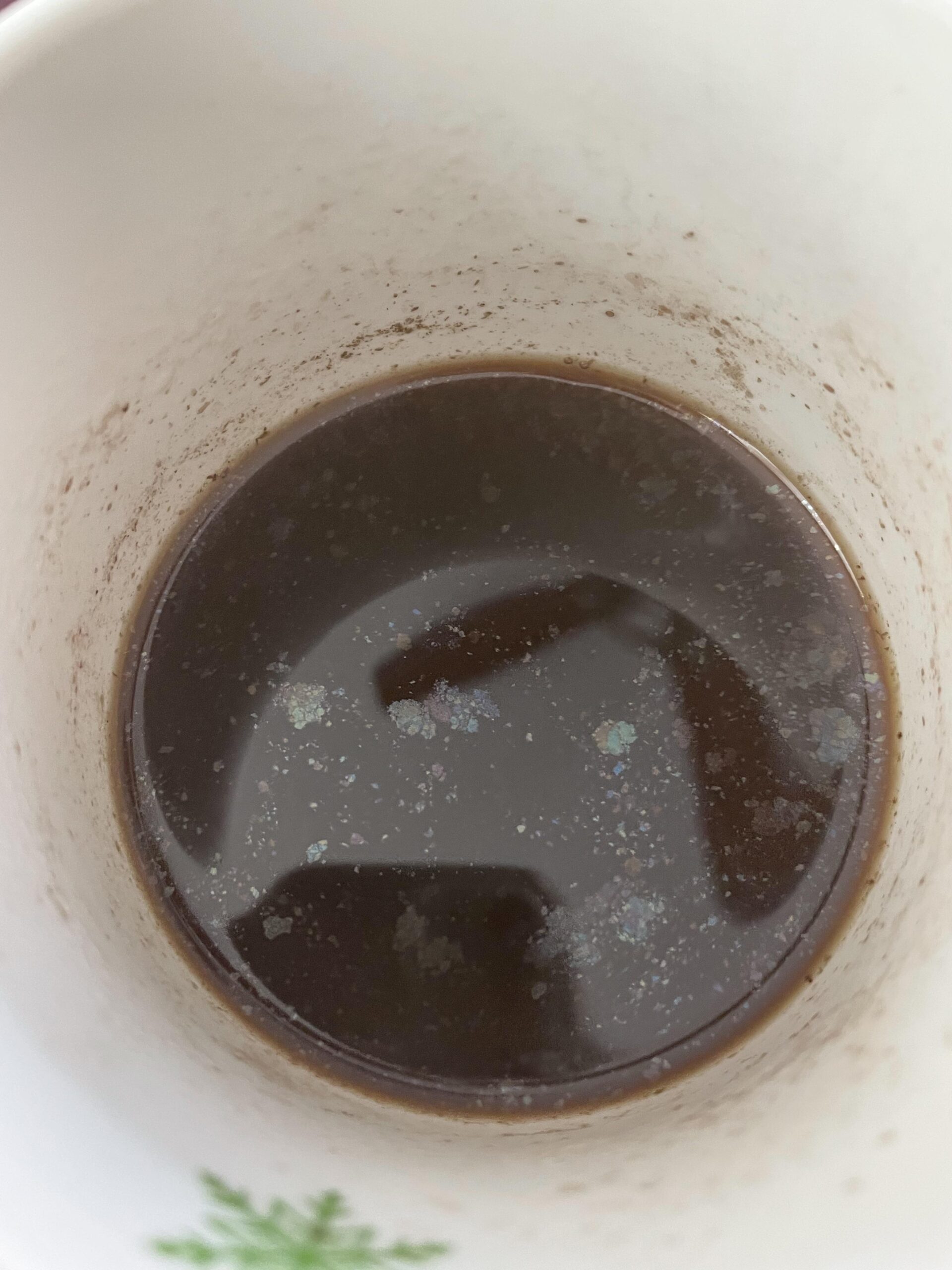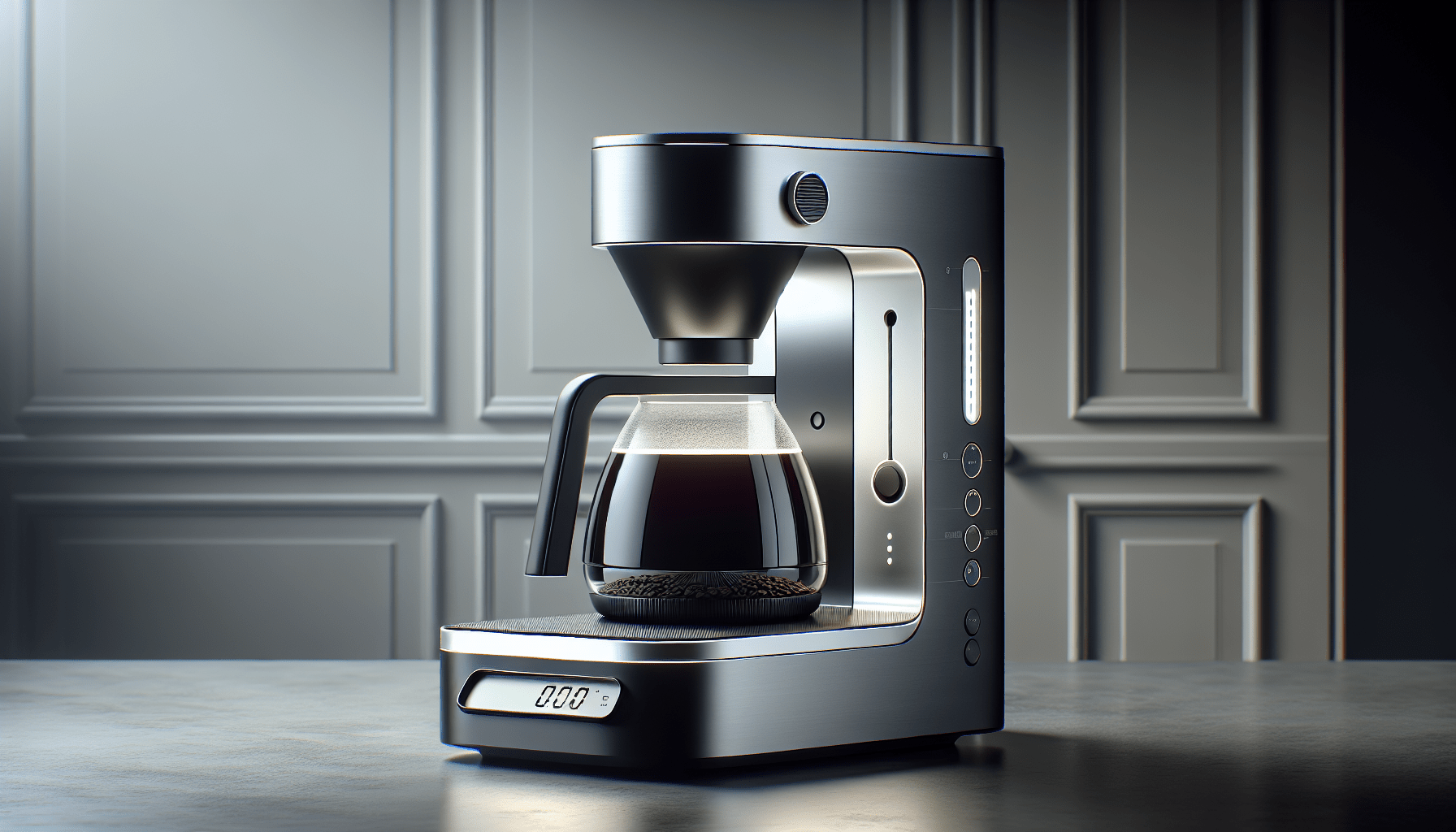Welcome to our guide on removing coffee oil residue from your coffee maker pot! Over time, coffee oils can build up in your pot, leading to a bitter taste in your brew. To combat this, we’ll discuss simple and effective methods for cleaning your coffee maker pot and keeping it oil-free. By the end of this article, you’ll be equipped with the knowledge to ensure your coffee always tastes fresh and delicious. How Do You Remove Coffee Oil Residue From A Coffee Maker Pot?
How do you remove coffee oil residue from a coffee maker pot? Coffee oil residue can build up over time and affect the taste of your brewed coffee. In this article, we will explore various methods to effectively remove coffee oil residue from a coffee maker pot. Let’s dive in!
Understanding Coffee Oil Residue
Before we discuss how to remove coffee oil residue from a coffee maker pot, let’s first understand what it is. Coffee oil residue is a natural byproduct of brewing coffee. When coffee beans are ground and brewed, the oils present in the beans are released. These oils can accumulate in the coffee maker pot over time, creating a thin film or residue.
What Causes Coffee Oil Residue?
Coffee oil residue is primarily caused by the oils and fats present in coffee beans. When these oils come into contact with water and heat during the brewing process, they can stick to the surfaces of the coffee maker pot. Additionally, coffee oils can be further broken down by the heat and pressure of the brewing process, leading to a build-up of residue.
The Importance of Removing Coffee Oil Residue
Why is it important to remove coffee oil residue from your coffee maker pot? Removing coffee oil residue is essential for several reasons. Firstly, coffee oil residue can affect the taste and quality of your brewed coffee. It can give your coffee a bitter or rancid flavor, detracting from the overall coffee-drinking experience. Secondly, coffee oil residue can also harbor bacteria and mold, which can be harmful to your health if consumed.
Impact on Coffee Flavor
Coffee oil residue can alter the flavor of your brewed coffee, making it taste bitter, sour, or rancid. By removing the residue, you can ensure that your coffee tastes fresh and delicious with every brew.
Health Concerns
Coffee oil residue can be a breeding ground for bacteria and mold if not properly cleaned. Consuming coffee brewed in a pot with residue can potentially lead to health issues. It is important to regularly clean your coffee maker pot to prevent any health concerns.
Methods to Remove Coffee Oil Residue
Now that we understand the importance of removing coffee oil residue, let’s explore some effective methods to clean your coffee maker pot. There are several ways to remove coffee oil residue, ranging from using natural ingredients to commercial cleaning products.
Cleaning with Vinegar
One of the most popular and effective methods for removing coffee oil residue is using vinegar. Vinegar is a natural cleaning agent that can help break down oils and remove residue from your coffee maker pot.
To clean your coffee maker pot with vinegar, follow these steps:
- Fill the coffee maker pot with equal parts water and white vinegar.
- Pour the mixture into the water reservoir of the coffee maker.
- Run a brewing cycle without any coffee grounds.
- Once the cycle is complete, discard the vinegar solution and run another cycle with fresh water to rinse the pot.
Using Baking Soda
Baking soda is another natural cleaning agent that can help remove coffee oil residue from your coffee maker pot. Baking soda is abrasive and can scrub off residue without damaging the surfaces of the pot.
To clean your coffee maker pot with baking soda, follow these steps:
- Create a paste by mixing baking soda with a small amount of water.
- Apply the paste to the interior of the coffee maker pot and let it sit for 15-20 minutes.
- Scrub the pot with a non-abrasive sponge or brush to remove the residue.
- Rinse the pot thoroughly with water to remove any remaining baking soda.
Commercial Cleaning Products
If natural methods are not effective in removing coffee oil residue from your coffee maker pot, you can also consider using commercial cleaning products specifically designed for coffee makers. These products are formulated to dissolve oils and residue without damaging the pot.
Before using a commercial cleaning product, make sure to read the instructions carefully and follow the recommended steps for cleaning your coffee maker pot.
Tips for Preventing Coffee Oil Residue Build-Up
In addition to regularly cleaning your coffee maker pot to remove coffee oil residue, there are also some preventive measures you can take to minimize build-up in the first place. By following these tips, you can prolong the life of your coffee maker and ensure that your brewed coffee always tastes fresh.
Use Filtered Water
Using filtered water in your coffee maker can help prevent mineral deposits and residue build-up. Tap water often contains impurities and minerals that can leave residue in the coffee maker pot. By using filtered water, you can reduce the chances of residue forming.
Clean Your Coffee Maker Regularly
Regularly cleaning your coffee maker, including the pot, water reservoir, and brewing mechanism, can help prevent coffee oil residue build-up. Make it a habit to clean your coffee maker at least once a month, if not more often, depending on how frequently you use it.
Run Vinegar Cleaning Cycles
In addition to cleaning your coffee maker pot with vinegar, you can also run periodic cleaning cycles with vinegar to keep your coffee maker clean and free of residue. Running a vinegar cleaning cycle once a month can help maintain the cleanliness of your coffee maker.
Store Your Coffee Maker Properly
Proper storage of your coffee maker can also help prevent residue build-up. Make sure to store your coffee maker in a dry, clean location to prevent mold and bacteria growth. Additionally, ensure that the coffee maker is completely dry before storing it to avoid moisture build-up.
Final Thoughts
Removing coffee oil residue from your coffee maker pot is essential for maintaining the quality of your brewed coffee and ensuring your health and safety. By understanding the causes of residue build-up and using effective cleaning methods, you can keep your coffee maker clean and your coffee tasting fresh. Remember to clean your coffee maker regularly, use natural cleaning agents like vinegar and baking soda, and follow preventive measures to minimize residue build-up. Enjoy your freshly brewed coffee without any unwanted aftertaste!




